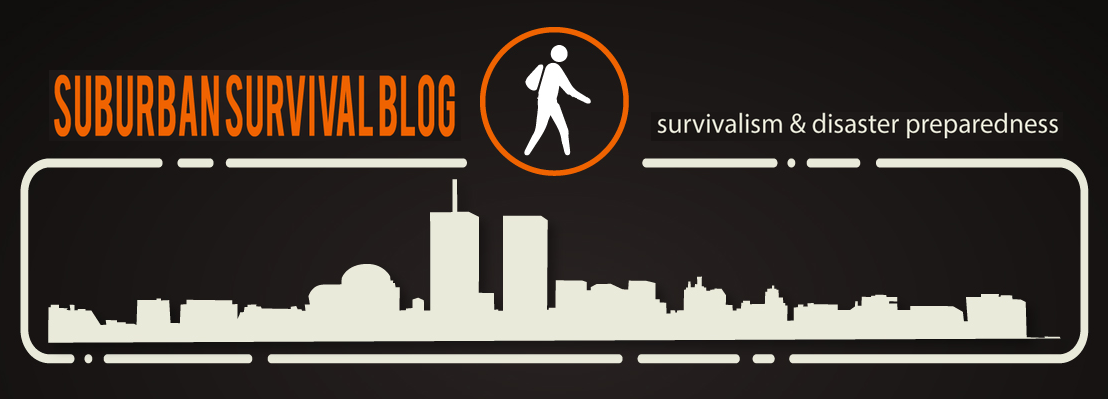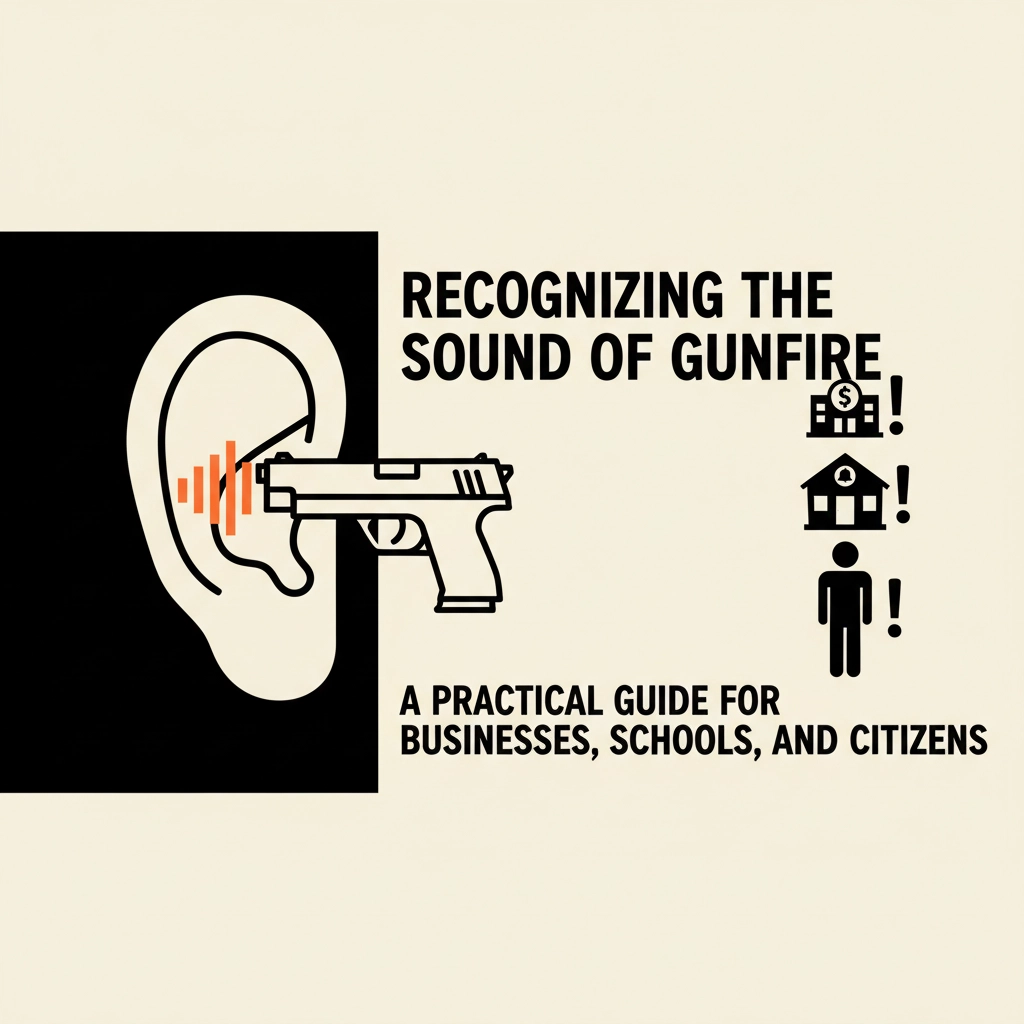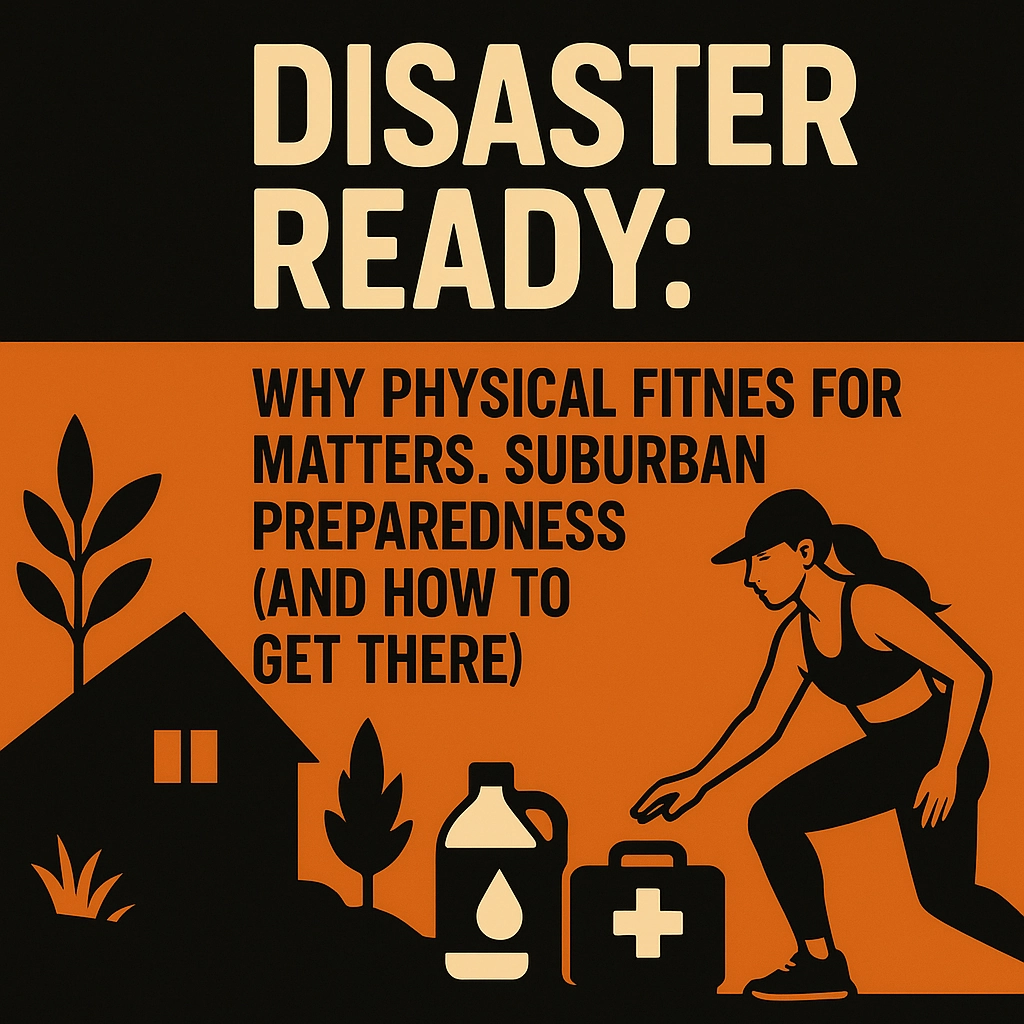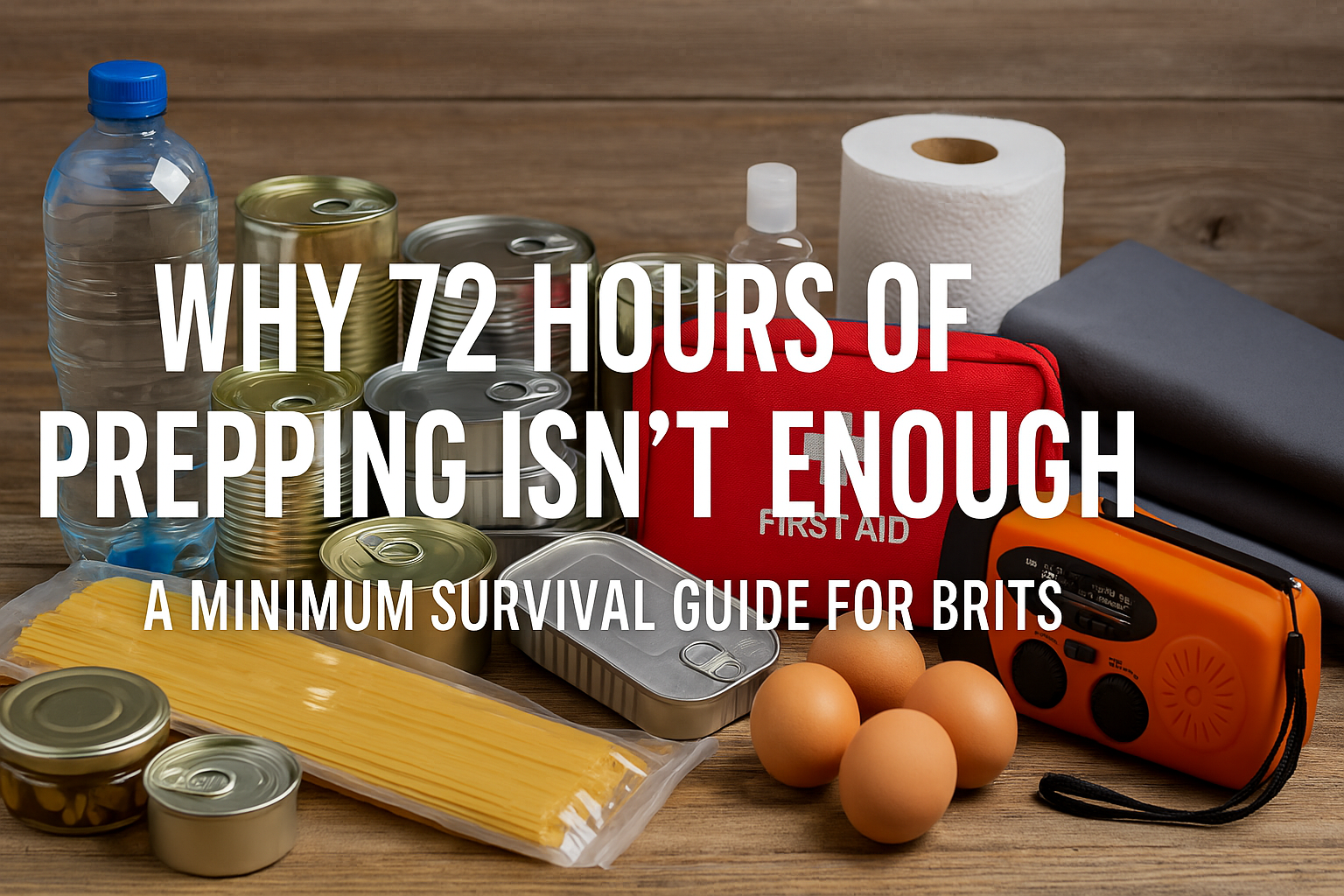I live in a community of less than 10,000 people in rural Cache Valley on the ID/UT border with volunteer fire and ambulance service. It’s been 8 months now since I joined my local Community Emergency Response Team. Since then:
- I have completed CERT level I training (Taught by my city’s FD battalion commander) and was issued a some basic gear and a photo ID Badge.
- I have attended monthly training at both city and county levels.
- I have participated in joint training exercises with our fire department, ambulance service, neighboring cities and the county.
- I have trained at our county firefighting training facility nicknamed “The Bates Motel” because of it’s realism in training.
- CERT has involved me in the Amateur Radio Emergency Service. I have attended a amateur (HAM) radio class and earned my technician’s license.
- I have been activated 5 times in 8 months — mostly due to flooding.
- I have helped train a class of new recruits.
Volunteer is not necessarily synonymous with unprofessional. I live in a suburban development in a small, rural, predominantly LDS (Mormon) community in a seismically active area, and we don’t have paid emergency services. Needless to say … people here take their CERT pretty seriously. My neighborhood area of 102 homes now has 4 CERT level 1’s, 8 Block Captains and 8 Backup Block Captains. The whole community participates.
CERT teaches that you prepare yourself and your family first, your neighborhood second and then, if things are under control in your neighborhood, you help the community. The first thing you do is get your own home ready. Then you get to the point where you’re ready to deploy to help others. Training to be a first responder and to motivate and organize my community has taken my preparations to a whole new level. You tend to learn a subject more thoroughly knowing you are going to have to teach it to other people.
It is not a bad thing to be the first to know when a disaster happens without being obliged to respond to it. It is good to be on a first name basis with the first responders and have their phone numbers, radio frequencies and radio call signs. It is good to have all a copy of the Amateur Radio Emergency Service’s emergency response plans and frequencies. It’s also nice to have the uniforms, ID and even magnetic car signs to get in and out of disaster areas. You could use this cover to transport your entire family past a roadblock by buying extra uniforms for the adults, hiding the kids (or saying you have to transport them) and flashing your ID … if they even ask. This was a major problem for residents after Hurricane Katrina.
Last but not least, participating in CERT has been fun and it is fulfilling to volunteer for your community. It feels good to give, to perform service and to know that you are helping your fellow man. The comment was made in an earlier post that a prepper considered himself a “Man Scout.” Volunteer service in CERT is right along those lines.









Neil Strauss, in his book “Emergency” talks about doing exactly the same thing you are , and for the same good, solid reasons. He was actually involved in a terrible train accident near his home, and was able to do a lot of good. He said it was excellent and did wonders for his self confidence because he knew how he would react in a real crisis and didn’t have to worry about that anymore.
I want to live in your neighborhood. That is one prepared group. I’m living a couple hours down the road from you in Springville, but looking for something equivalent to become involved in.
@ATH-Love Emergency. Entertaining and inspirational.
My CERT experience was entirely different. It was really dumbed down to the lowest common denominator. I would like to volunteer more, but they always ask for volunteers to work a 5k race or a public event. I will probably assist, but as far as emergency response, unless you are full time, you’ll end up directing traffic or getting water for the “real” emergency responders. At least I have the nice badge!
True Prepperjim. At least you have your badge. I know CERT is a much bigger deal in some cities than others. But it is growing and it’s not going to go away. From what I’ve heard, it’s growing fastest in the Pacific fault zones, the Intermountain West, parts of NY and the New Madrid fault zone. What you personally get out of it is probably going to depend on how active and competent your city’s program is and what you put into it. How important it is to the city is going to be a function of the vision of local leaders and the condition of your current first responder force. For my town and several surrounding small towns, there are all of 33 or so first responders. If they go out to calls in a minimum of twos (like in an emergency situation) they could help a maximum of about 15 calls … until their shift is over in 8 hours. We have to have a backup for them. In a big quake we would potentially have hundreds or thousands of calls. Alot of what we train to do is to organize motivate incoming volunteers into an effective relief effort. Working your way into a communications or leadership position may keep you out of any grunt work. Personally, when we have a “Night Out Against Crime” or bike race, type event that I honestly don’t see any training value in, I skip it. Sometimes you have to just smile and pleasantly say, “No.” What are they going to do to a volunteer besides give you time off and a raise? But I do try to hit the city and county monthly training sessions, help out training the new team members, attend cross-training events and radio field day events. But that’s just me. As you pointed out, the cool thing is that if you decide that for whatever reason it’s not for you, you just take your intel, your frequency lists, your phone numbers, your maps, your badge and your PPE and bail.